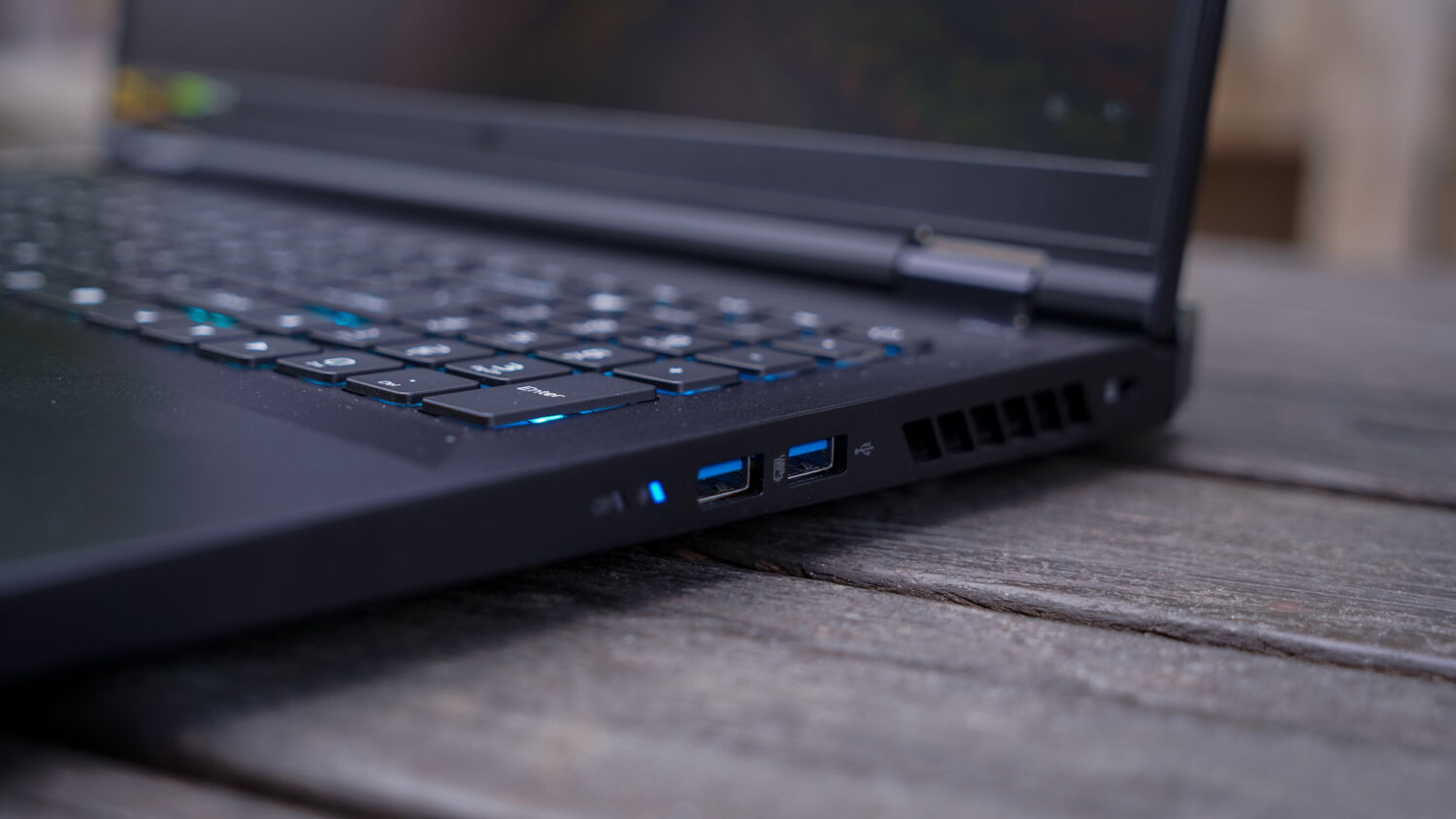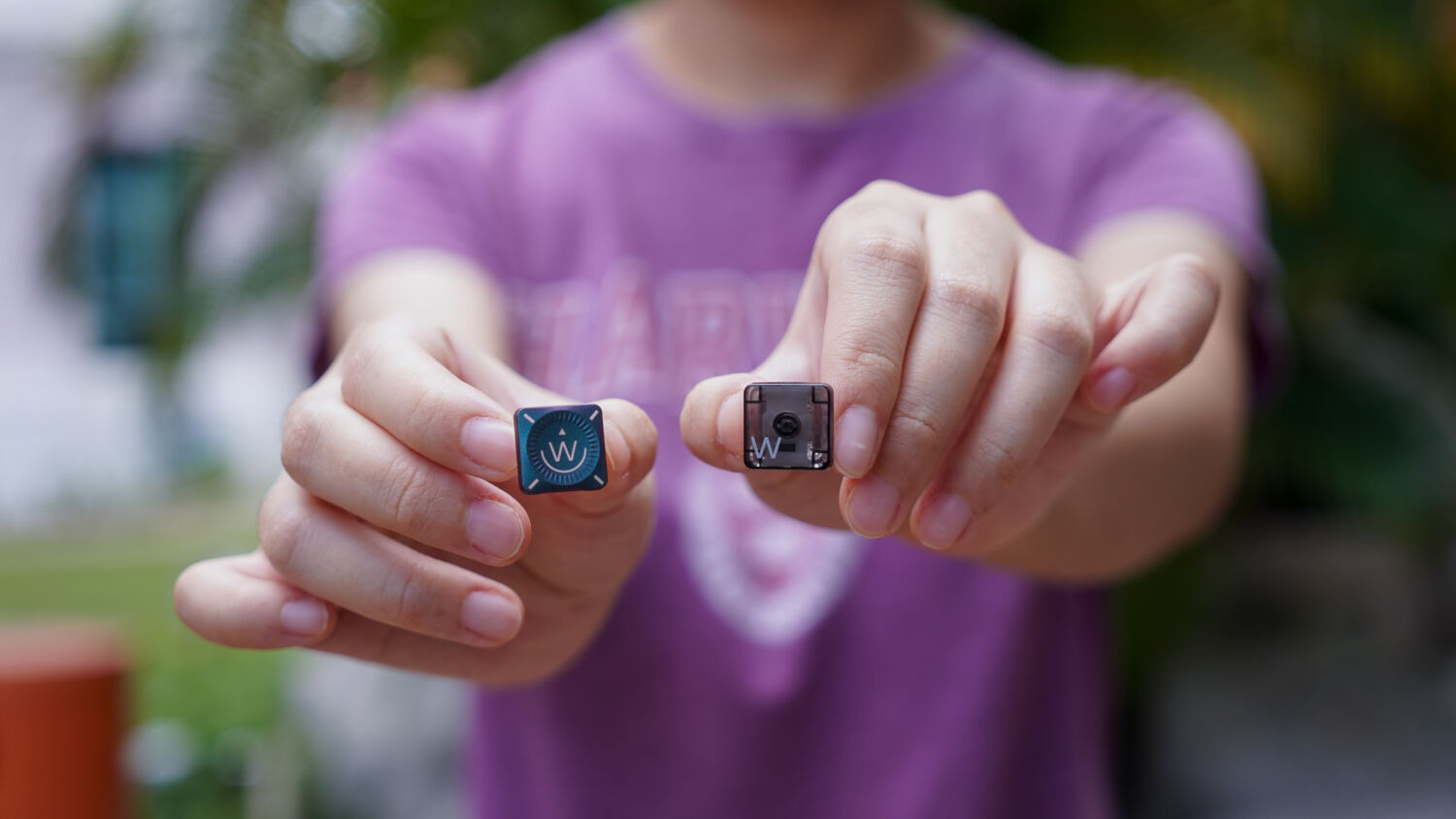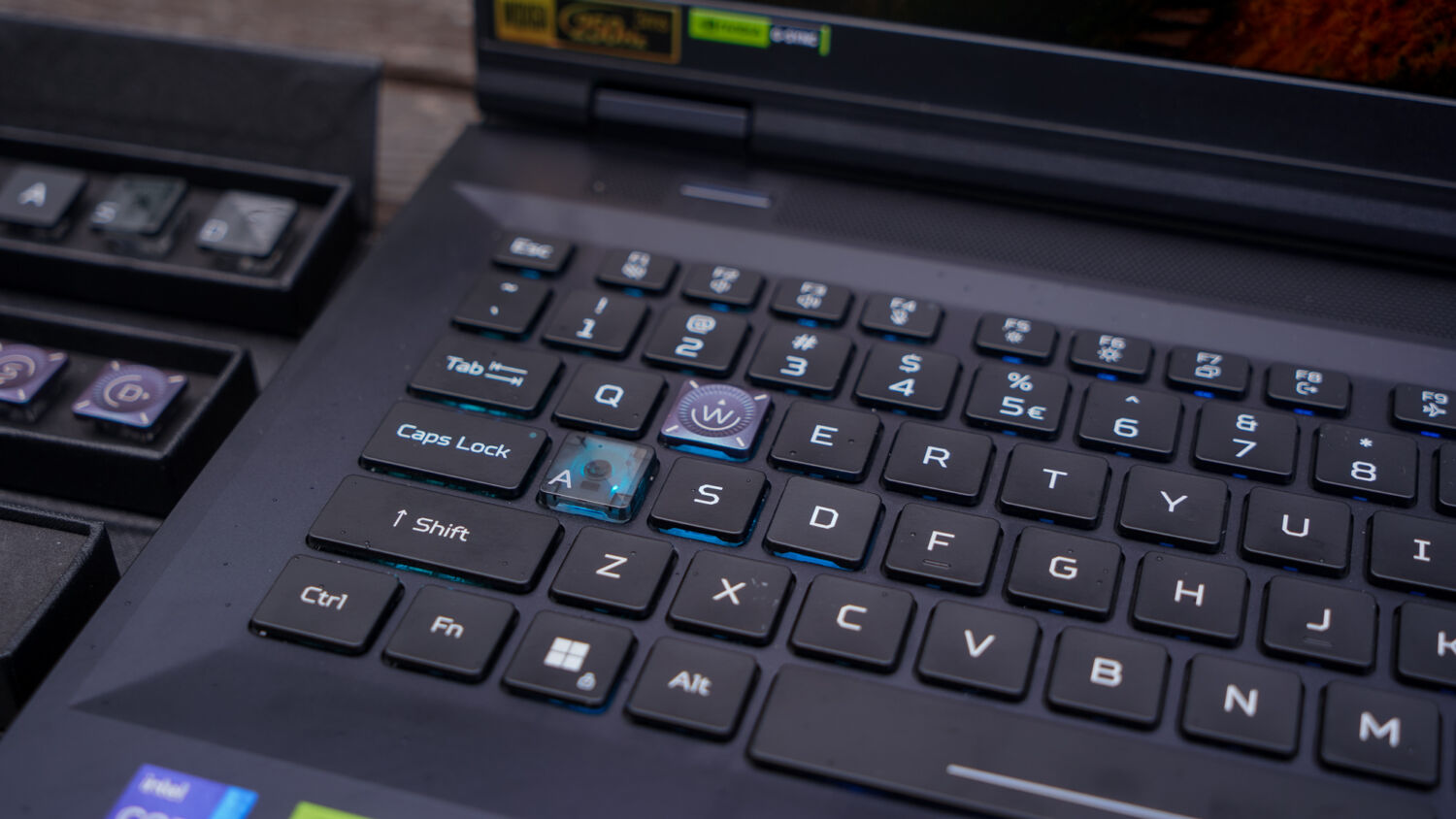Wildlife apex predators are often big, fast, and tough, and in many ways, powerful laptops have modelled themselves after these traits, though recent advancements now make it possible to go lighter and still pack a punch. Sticking to its roots, the Acer Predator Helios 18 eschews lightweight convenience for sheer unadulterated strength, proving worthy of its namesake and as an alternative to desktops, but owning the king comes at a premium.

At 3.25 kg, its heft is prominent right out of the box. The device comes decked out in pure, almost-inconspicuous black that oozes sophistication, but the Predator logo, protruding cooling system, and prominent RGB lighting make no secret of its gaming nature when turned on. While highly susceptible to fingerprints, the aluminum display lid is solid and flex-free, leaving little doubt about its top-line build quality.




An advantage of a larger chassis is the ability to house various connectivity options, and there are more than enough to work with here. The usual mainstays, including USB-A ports, dual USB-C functionality (with DisplayPort and 100W charging), HDMI 2.1, and a 3.5mm audio jack, can be found on both sides and the rear, alongside other less common features like an ethernet jack and microSD card slot.
Speaking of rarity, the Predator Helios 18 ships with an interchangeable pair of rear ventilation grills that are both easily removed and magnetically attached. It’s a bit of a mixed bag as the touch of customisation offers a neat little bonus, but there really isn’t a need for the swap. For one, users won’t be able to look at the fan covers or the general area most of the time (few will consciously direct their attention there, anyway), which diminishes their aesthetic importance.

The light grey plastic iteration also feels cheap to the touch, especially when compared to its more elegant-looking, metal-furnished sibling. Snapping either into place brings up another observation along the protruding slab – the overall placement of the ports, particularly on the rear, isn’t optimal. Rather than having two adjacent USB-C ports, it’d make more sense to include one on the side, and line the back with another USB-A port. The ethernet connection, too, should be mounted on the rear to reduce wire tangle mess.
Lifting up the lid reveals a robust full-sized keyboard and a massive off-centre mousepad. True to its gaming identity, the laptop brings RGB bling to every key, including the power button on the top-right. Both work well enough; where the mousepad is responsive and capable of accurate tracking, the well-spaced-out keys make it easy to type comfortably without much error.



What’s most interesting here is that Acer has added hot-swappable WASD keys into the mix. The default pick can be substituted for the see-through MagClick keys, or the rubber-domed MagSpeed alternative that offers a different feel and expertise. Aesthetically, both look different than the rest of the keys, with their raised profiles providing strong visual cues as to their placement and touch-wise, the former blends a smooth, linear keypress with a speedometer aesthetic, while the latter’s tactile, mechanical switches are ideal for fast-paced or competitive gaming. The standard, dark black keys occupy the middle ground.




The swapping process is straightforward. A keycap remover, referred to as the Predator MagKey 3.0, is used to pop the WASD keys out of place, which users can then place fresh ones on with a light press. Be careful not to exert too much force, though, as you may end up accidentally dislodging the internal components, instead of just the top of the keycap.

It’s a nice little bonus that doesn’t fully achieve what it wants to. Indeed, the three keycaps are different to the touch, delivering distinct strokes, feedback, and key travel that set them apart from one another. However, the MagClick WASD keys are the weakest link in the chain – while the clicky presses sound crisp and satisfying, they are overly responsive to the point that the lightest of pressure will register as movement. Typically, the quick response would give players an edge in esports or reaction-based titles, but here, it only leads to accidental brushes and input errors.
Moving on to the display, Acer’s latest features an 18-inch WQXGA panel (2,560 x 1,600) with integrated mini-LED technology and a high 250 Hz refresh rate. As expected of a flagship device, the Predator Helios 18 promises crisp images, vibrant colours, and sharp detail across various media, including anime titles like Delicious in Dungeon and Apothecary Diaries, trailers of Furiosa: A Mad Max Saga and Amazon Prime’s Fallout series, movies like Dune: Part 1 and Top Gun: Maverick, and of course, video games.
In fact, gaming is where the laptop shines – and very brightly, too. The base model runs on an NVIDIA GeForce RTX 4080 GPU, a 14th Gen Intel Core i9 HX processor, 16 GB of RAM, and 1TB of storage, but this review unit takes things up a notch with the highest and most powerful of configurations.

There’s virtually nothing to complain about when soaking in the sights, whether it’s Cyberpunk 2077, Apex Legends, Final Fantasy VII Intergrade, Horizon Forbidden West Complete Edition, or Starfield. The neon-drenched aesthetics of Night City are strikingly gorgeous, while Guerrilla Games’ action RPG presents breathtaking landscapes and deep blacks in dilapidated, dimly-lit caves – an experience further embellished with increased immersion afforded by an 18-inch display.
Coupled with the latest generation of hardware prowess, the laptop promises the added edge of velvety performance. Boasting the highly competent combination of an RTX 4090 GPU, a 14th Gen Intel Core i9 HX processor, and 32 GB RAM, it proves capable of handling intense, heavy loads, which tallies with findings from real-world testing.
In Cyberpunk 2077, the Predator Helios 18 averaged 82 frames per second (FPS) on Ultra at 2,560 x 1,600 resolution. It registered around 70 FPS across Final Fantasy VII Remake Intergrade, Horizon Forbidden West Complete Edition, and Starfield at each of their respective highest settings, with Apex Legends hovering between 180 to 220 FPS.

Putting it through the paces of professional benchmarking software, meanwhile, yielded the following results:
- 3DMark Fire Strike: 23,220 (Legendary)
- PCMark 10 Extended: 10,765
- GeekBench 6: 2,750 (single-core), 16,702 (multi-core)
- Cinebench R23: 19,727
Breaking down the score for PCMark 10 Extended, the machine recorded 23,693 in the gaming category, and all of these figures are as impressive as they come. There was little to no obstruction to gameplay, barring the occasional frame rate drop in FFVII Remake Intergrade which seems to be more of an optimisation issue, as everything unfolded smoothly with minimal screen tearing and latency.
When things heat up (quite literally in this case), performance does take a small hit. The Predator Helios 18 tends to limit its system at higher temperatures, where the warmth is spread across the top half than the bottom. Turbo fan mode can alleviate the situation, but that means cranking up the whirring noises. Dipping back to performance fan mode activates the reverse effect: quieter, cooler fans with lower frame rates.

As with most gaming laptops, the 18-incher doesn’t have the best battery life. A large 90Wh battery isn’t enough to feed its power-hungry hardware, which usually lasts around three hours when carrying out day-to-day tasks, and an hour with heavy gaming. Fortunately, it’s able to charge quickly via the power brick, reaching full reach in around 1.5 hours or so. Just a fair bit of warning, though: the 750-gram brick is chunky and cumbersome to carry lug around.
There’s plenty to love about the Acer Predator Helios 18, all things considered. It fulfils the ‘Predator’ role in its name, packing power, speed, and visual prowess in spades to redefine the standards of a desktop replacement, with few drawbacks to boot. However, the top-notch performance demands a starting premium of S$4,199 for a 13th Gen Intel i9 HX processor, RTX 4080 GPU, and 16 GB of RAM that most may not be willing to invest in. At S$5,199, it’s even more difficult to put forth a convincing argument for this specced-out build, especially since other RTX 40-series-equipped laptops or smaller models can offer better bang for the buck.

GEEK REVIEW SCORE
Summary
If there was an 18-inch beast of a flagship that’s worth the investment, it’d be the Acer Predator Helios 18. The gaming powerhouse has a lot to offer users, from excellent performance to spectacular visuals, but is a tough sell for the general crowd with its price tag.
Overall
8.8/10-
Aesthetics - 8.5/10
8.5/10
-
Build Quality - 9/10
9/10
-
Performance - 9.5/10
9.5/10
-
Value - 8/10
8/10
-
Geek Satisfaction - 9/10
9/10













